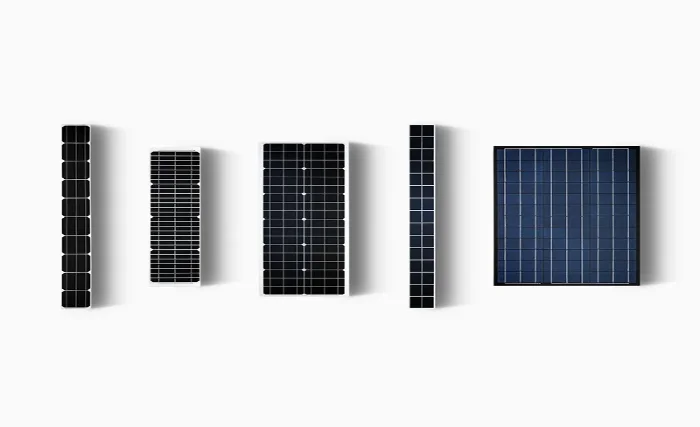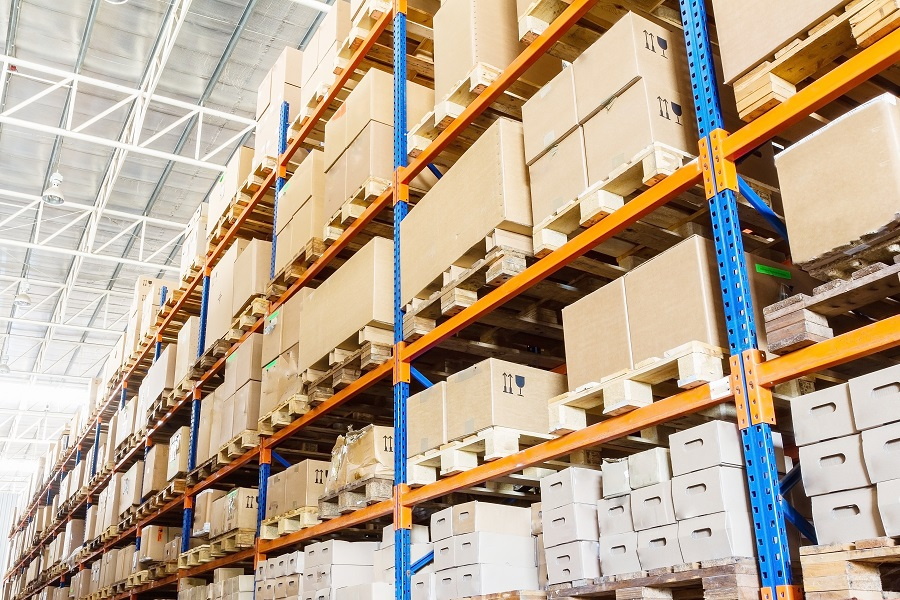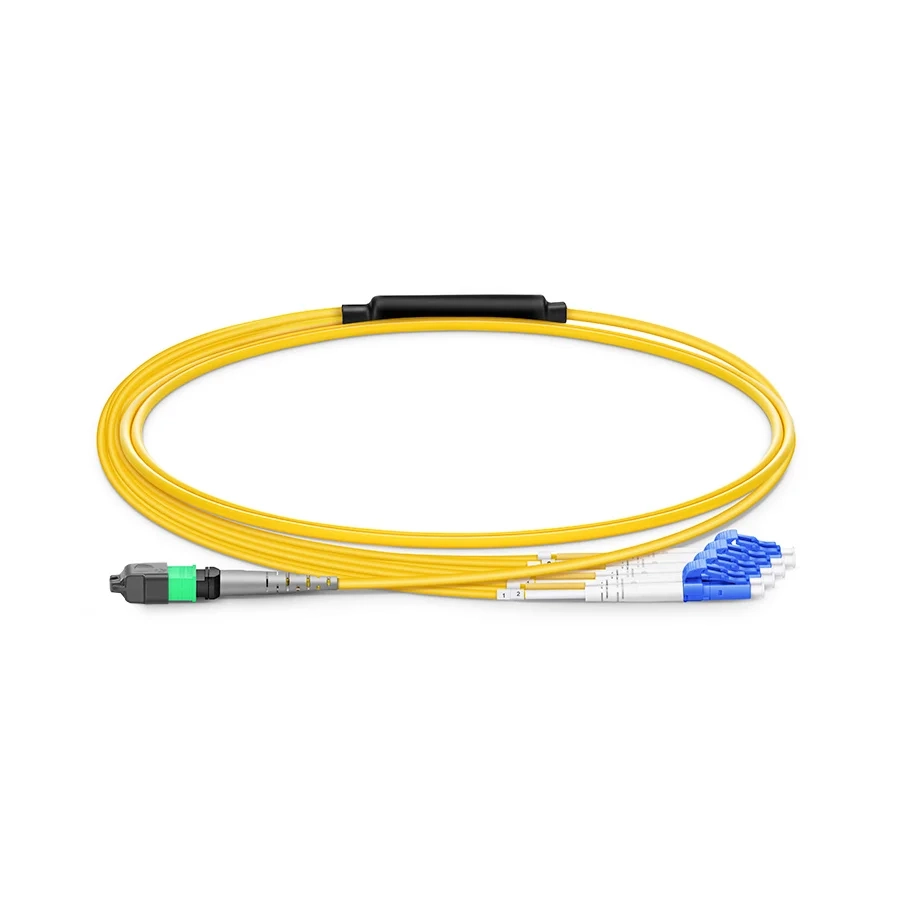With the continuous development and utilization of renewable energy, solar energy, as a clean and endless energy source, has attracted global attention. Monocrystalline solar panels have become an important part of solar power generation systems due to their high conversion efficiency and excellent performance. However, dirt and moisture in the natural environment can adversely affect panel performance. Therefore, effective dust-proof and waterproof measures are crucial to ensure the long-term stable operation of monocrystalline solar panels.
The importance of dust protection for monocrystalline solar panels
Dust prevention is one of the key factors to maintain the efficient operation of monocrystalline solar panels. When dust and other particles cover the surface of a panel, it blocks direct sunlight and reduces the amount of light the panel receives, thereby reducing its power generation efficiency. In addition, the accumulation of dust can cause local hot spots on the panels, affecting the performance and life of the entire system.
In order to effectively solve the dust problem, the following are some commonly used dust prevention measures:
1. Regular cleaning: This is the most direct and commonly used method. Dust and dirt can be removed from the panel surface by using a soft brush, clean cloth, or professional cleaning equipment.
2. Natural cleaning: In some areas, the natural flushing effect of rainwater can be used to clean battery panels. The inclination angle of the panel can be considered during design to make it easier for rainwater to flow through and carry away dust.
3. Dust-proof coating: Applying a special dust-proof coating can reduce the accumulation of dust on the surface of the battery panel. These coatings often have superhydrophobic properties, making it difficult for dust to adhere.
4. Wind power utilization: In areas with strong winds, wind power can be used to help remove dust from the battery panels.
5. Self-cleaning materials: Develop photovoltaic materials with self-cleaning properties, such as nanostructured surfaces, which can imitate the lotus leaf effect and make dust and dirt less likely to adhere.

The importance of waterproofing monocrystalline solar panels
In addition to dust proofing, waterproofing is equally important. Moisture penetration can cause damage to the electrical components inside the panels, causing short circuits and even fire risks. Therefore, ensuring that battery panels have good waterproof properties is key to extending their service life.
For waterproofing problems, the following methods can be adopted:
1. Waterproof sealing: Use high-quality sealing materials to seal the frame and junction box of the battery panel to prevent moisture intrusion.
2. Waterproof backplane: Use a backplane material with good waterproof performance, such as water-resistant polyester film, to protect the back of the battery panel from moisture.
3. Water-guiding design: When installing the battery panels, design a reasonable water-guiding structure to ensure that rainwater can flow away quickly and avoid damage to the battery panels caused by accumulated water.
4. Waterproof coating: Apply a waterproof coating to form a protective layer on the surface of the battery panel to increase its ability to resist moisture penetration.
5. Waterproof inverter and connectors: Choose inverters and connectors with high waterproof levels to ensure the safety of your electrical system.
Ideal dustproof and waterproof measures should comprehensively consider various factors and develop a comprehensive protection plan suitable for specific environments and installation conditions. This includes choosing a suitable installation site, optimizing installation angles, adopting an efficient cleaning and maintenance schedule, and using high-quality waterproof and dustproof materials.
The dustproof and waterproof protection of monocrystalline solar panels is an important link that cannot be ignored. By implementing a series of effective protection measures, we can not only improve the power generation efficiency of the panels but also extend their service life and ensure the stable operation of the solar power generation system. With the continuous advancement of technology, future dust-proof and waterproof measures will be more efficient and intelligent, providing a solid foundation for the sustainable use of solar energy.
mia
charles@fgnexsolar.com


